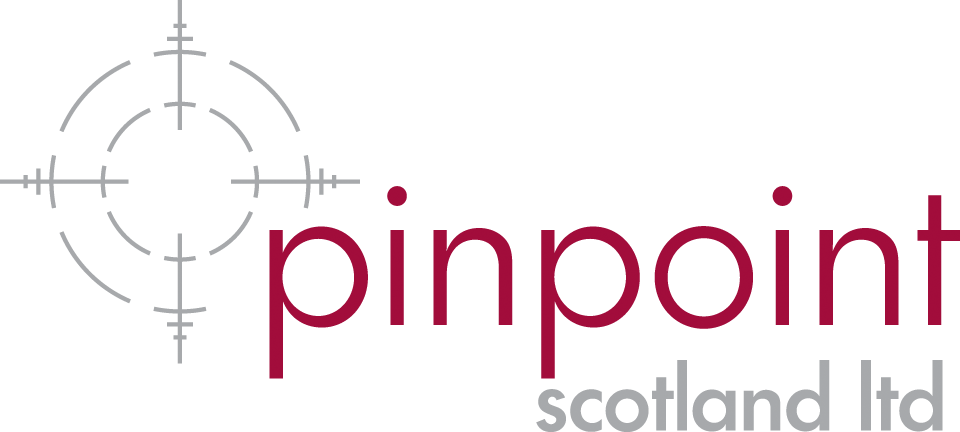Fundamentals of Ophthalmic Practice is a handy guide for eyecare professionals at all stages, including ophthalmology trainees, nurses, orthoptists, and optometrists. This book provides clear, step-by-step instructions across essential ophthalmic procedures, making it an ideal resource for those building foundational skills or seeking a practical refresher.
A highlight of the book is the chapter on slit-lamp examination, which covers everything from setup and functionality to troubleshooting tips if the slit-lamp doesn’t turn on. This skill is critical in ophthalmology, yet trainees are often expected to pick it up independently, which can be fiddly without a clear, practical guide. Other techniques, such as lacrimal system assessment, punctal occlusion for dry eye, and basic lid hygiene practices, are also well-covered with organised information and supportive photographs.
The chapters on corneal procedures, such as scraping and foreign body removal, are well illustrated, with step-by-step photos and a breakdown of required equipment. The section on ocular irrigation provides guidance on pH testing for chemical injuries, lid inversion, and injury assessment. Although some diagrams would benefit from sharper design, they effectively convey the core information.
More advanced techniques, including emergency procedures, are also well addressed. Topics like lateral canthotomy, cantholysis, and botulinum toxin injections are described thoroughly, though these are likely best learned under senior supervision. Skills related to contact lens care, corneal suture removal, and biometry for cataract surgery are explained in practical detail, including the measurements needed to select the correct intraocular lens. Although some images, such as those in Figure 17.3, appear slightly blurry after printing, they remain readable and informative.
The book concludes with a valuable section on diagnostic tests and their interpretations, covering OCT imaging, angiography, fundus photography, and visual field testing. Each investigation is clearly explained, from indications to result interpretation, making this section particularly useful for developing diagnostic skills.
Despite minor critiques – mainly regarding image clarity – Fundamentals of Ophthalmic Practice is a practical and informative guide. Its structured content, clear instructions, and balanced depth make it a valuable addition to any eyecare professional’s library.





